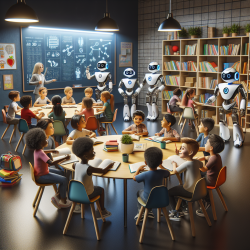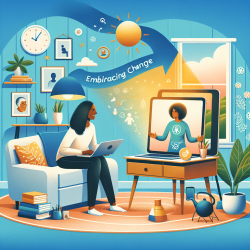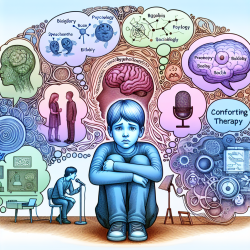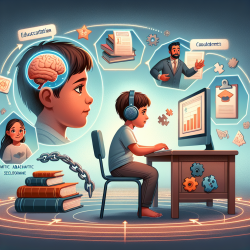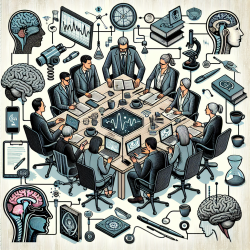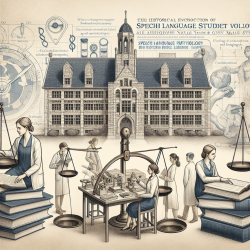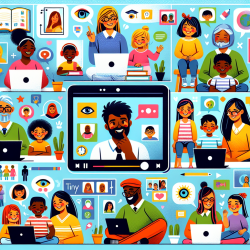The study involved embedding two autonomous robots within two matched classrooms of a primary school for a continuous two-week period without experimenter supervision. These robots acted as learning companions for the children, engaging them in both familiar and novel subjects. The key finding was that children exhibited increased learning of novel subjects when interacting with a robot that personalized its behaviors. This personalization included adaptive non-verbal behavior, personable language content, and alignment to task performance.
Here are some actionable insights for practitioners:
- Implement Personalized Interactions: Incorporate adaptive behaviors in your therapeutic sessions. Tailor your interactions based on the specific needs, preferences, and performance of each child. For instance, use the child's name frequently and adjust the difficulty of tasks based on their performance.
- Utilize Technology: Consider integrating robots or other interactive technologies into your practice. These tools can provide consistent, engaging, and personalized interactions that may enhance learning outcomes.
- Monitor and Adjust: Continuously assess the child's progress and adapt your strategies accordingly. The study showed that repeated interactions with personalized behaviors led to better learning outcomes, emphasizing the importance of ongoing assessment and adaptation.
The study also highlighted the importance of ecological validity by embedding the robots within the natural classroom environment. This approach ensures that the interventions are relevant and applicable to real-world settings. As practitioners, we should strive to create naturalistic and contextually relevant learning environments for our clients.
Encouraging further research in this area can also be beneficial. By staying informed about the latest advancements and incorporating evidence-based practices into our work, we can continue to improve the educational and therapeutic outcomes for children.
To read the original research paper, please follow this link: Robot education peers in a situated primary school study: Personalisation promotes child learning.
